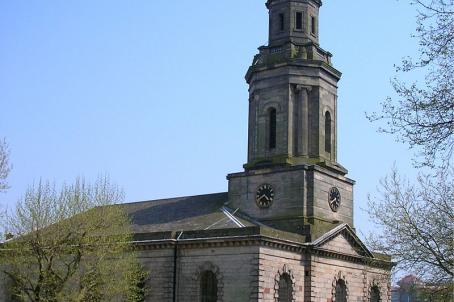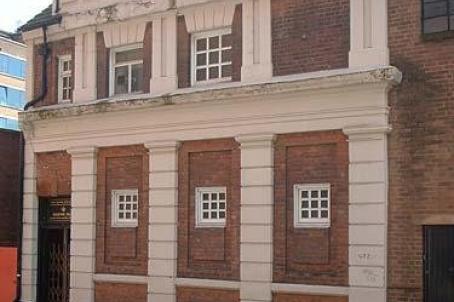Saint Francis of Assisi
One of the Black Country’s hidden gems. A remarkable Anglican Parish Church set in the midst of one of the UK’s most deprived communities, sensitively and beautifully restored 2007-2016. High standard of stone and wood carving, and interior decoration by Italian prisoners of war. One chapel is a First World War Memorial.
About this building
Designed by the Birmingham architects, Harvey and Wicks (also worked on Bournville Village, Birmingham; Dudley Town Hall; Robin Hood Crematorium Chapel, Solihull), and consecrated in 1941, Saint Francis of Assisi, Friar Park, is a remarkable building in an unlikely setting. The gift of a brother and sister from Wolverhampton, who wished that building to be Italianate in style, faced in stone, dedicated to a Francis of Assisi, and Anglo-Catholic in its style of worship. Italian prisoners of war worked on the building and decorated part of the interior and created the hanging Rood and attendant statues of Ss Mary and John. The furnishings of one chapel were the gift of Friar Park British Legion as a First World War Memorial.






